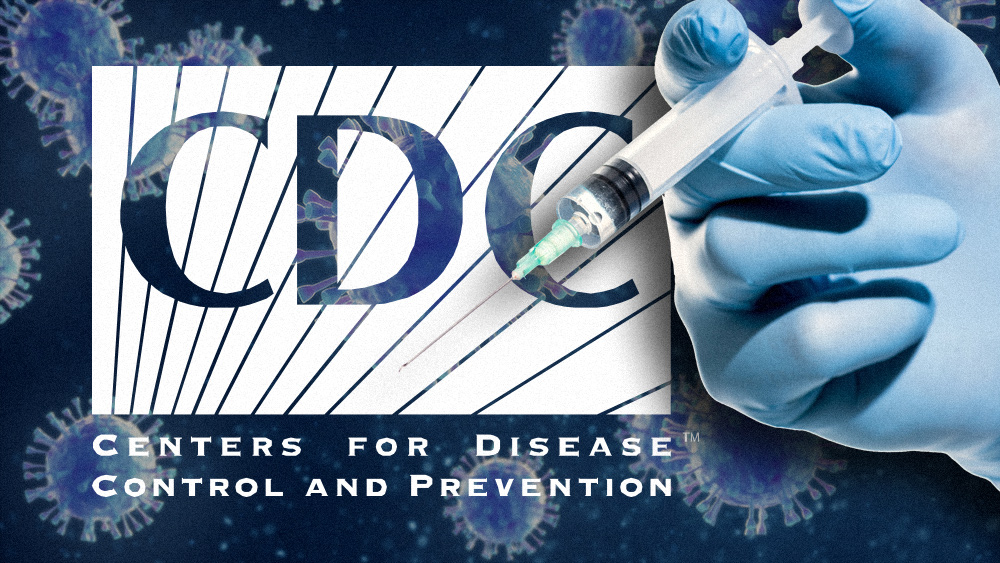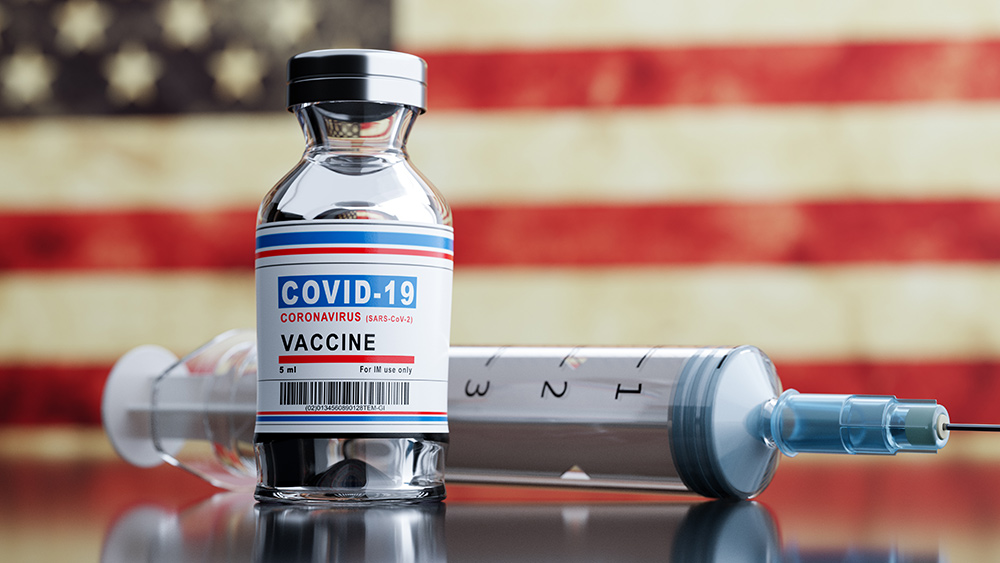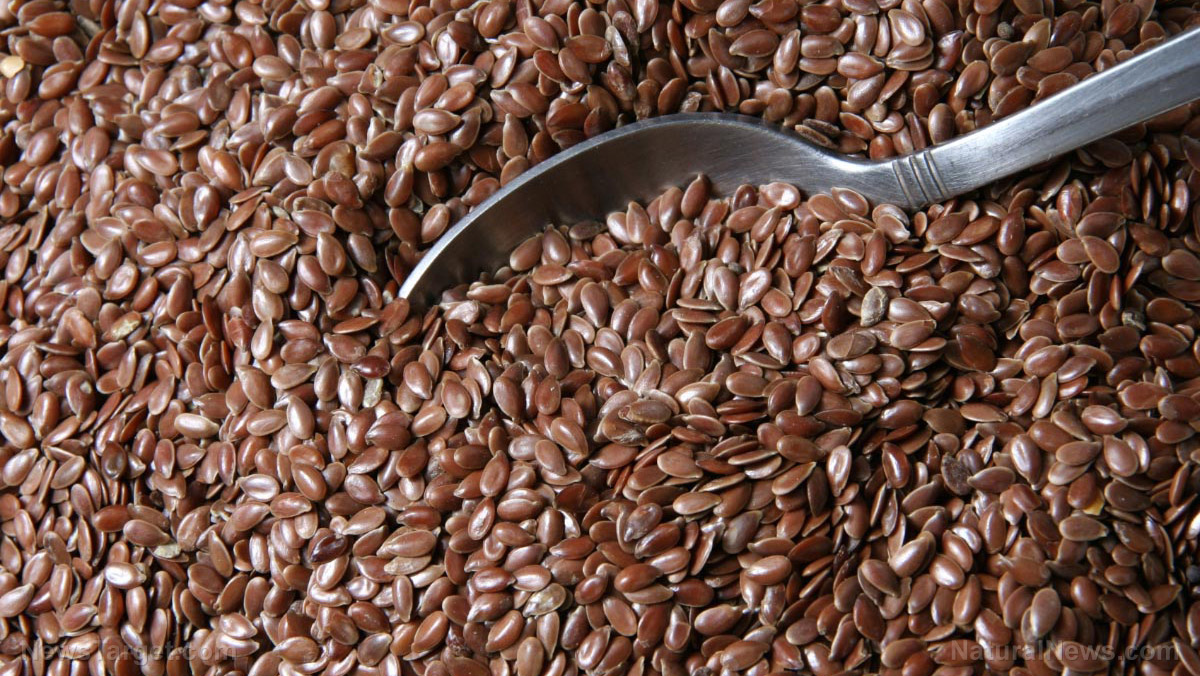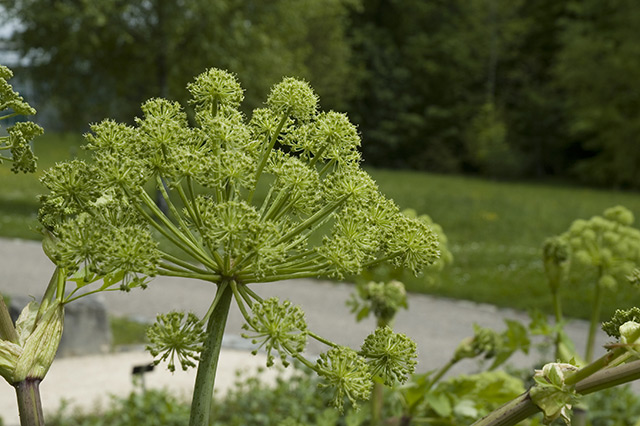Study: Living near golf courses may increase risk of Parkinson’s disease
05/23/2025 / By Ava Grace

- Residents living within a mile of golf courses face 126 percent higher risk of developing Parkinson’s disease compared to those six miles away, likely due to pesticide exposure.
- Chemicals like chlorpyrifos and 2,4-D, commonly used on golf courses, can seep into groundwater or drift through the air, harming neurological health.
- Golf courses apply up to 15 times more pesticides per acre than farmland, often using neurotoxic chemicals banned in Europe but still permitted in the United States.
- Critics note the research didn’t measure direct pesticide exposure in participants, but the correlation aligns with prior evidence linking pesticides to Parkinson’s.
- With Parkinson’s cases rising globally, experts urge stricter pesticide regulations, citing the growing risk to suburban residents near golf courses.
A lush, manicured golf course may seem like an idyllic neighbor, but new research suggests it could come with a hidden danger.
A study published May 8 in JAMA Network Open revealed that residents living within a mile of golf courses face more than double the risk of developing Parkinson’s disease compared to those farther away. The study, conducted across southern Minnesota and western Wisconsin from 1991 to 2015, analyzed data from over 400 Parkinson’s patients and 5,000 healthy individuals. (Related: One in three Americans is poisoned with 2,4-D weed killer, study finds.)
The research found that proximity to golf courses significantly increased Parkinson’s risk. Residents within one mile had a 126 percent higher chance of developing the disease than those living six miles away.
The culprit? Pesticides used to maintain the pristine greens. The risk tapered with distance, suggesting a direct correlation between pesticide exposure and neurological harm.
The study’s findings add to mounting evidence linking environmental toxins to neurodegenerative diseases, raising urgent questions about the safety of pesticide use in recreational spaces. These chemicals may seep into groundwater or drift through the air, posing long-term health hazards.
Groundwater contamination played a key role. Those whose drinking water came from wells or municipal sources near golf courses – especially in areas with vulnerable geology – faced nearly twice the risk. Pesticides like chlorpyrifos and 2,4-D, known to damage nerve cells, are commonly used on golf courses and can leach into water supplies.
Golf courses are among the heaviest users of pesticides, applying up to 15 times more per acre than agricultural fields. The demand for flawless turf drives the use of neurotoxic chemicals, including some banned in Europe but still permitted in the United States.
Pesticides and Parkinson’s: The toxic truth about golf courses
While the study didn’t test individual pesticide levels, prior research has tied these chemicals to Parkinson’s. For example, a 2020 study identified clusters of Parkinson’s cases in golf communities where Mancozeb and 2,4-D were used. These substances disrupt dopamine-producing neurons, a hallmark of the disease.
Critics note the study’s limitations. It didn’t measure direct pesticide exposure in participants’ blood or water, and it relied on historical address data, which may not reflect lifetime exposure. Some experts argue urban pollution or genetics could also contribute.
Yet, the pattern is striking. “This should be a wake-up call,” said Dr. Michael Genovese, a medical adviser. Even without definitive proof, the correlation aligns with decades of research implicating pesticides in neurodegenerative disorders.
Parkinson’s disease, which has no known cure, is the fastest-growing neurological disorder globally. If environmental toxins like golf course pesticides are contributing, regulators may need to rethink their permissive stance.
“This isn’t the first study that links Parkinson’s disease with pesticides. This just adds additional evidence that this isn’t just happening among farmers. This is happening to people living in suburban areas that have an increased risk of getting Parkinson’s disease simply because of where they live,” said neurologist Dr. Ray Dorsey, a co-author of the study. “We’re fueling a man-made disease.”
Canada has banned some high-risk pesticides like paraquat, but the U.S. lags.
Further studies are needed to confirm causation, but the findings underscore a pressing issue: the trade-off between aesthetics and public health. As golf communities expand, residents and policymakers must weigh the risks of unchecked pesticide use.
Watch this video about why golf courses poison anyone that goes near them.
This video is from the Healthglade channel on Brighteon.com.
More related stories:
US farmers, environmentalists sue EPA for ‘illegally’ approving Dow’s deadly 2,4-D herbicide.
WHO admits Dow’s 2,4-D herbicides ‘possibly’ cause cancer in humans.
Monsanto, Dow to begin pushing dangerous 2,4-D herbicide as ‘solution’ to superweeds.
Sources include:
Submit a correction >>
Tagged Under:
brain damaged, brain function, brain health, chemical violence, chemicals, dementia, golf courses, health science, Mind, neurodegenerative disorder, Parkinson's Disease, pesticide exposure, poison, research, toxic chemicals, toxins
This article may contain statements that reflect the opinion of the author





















